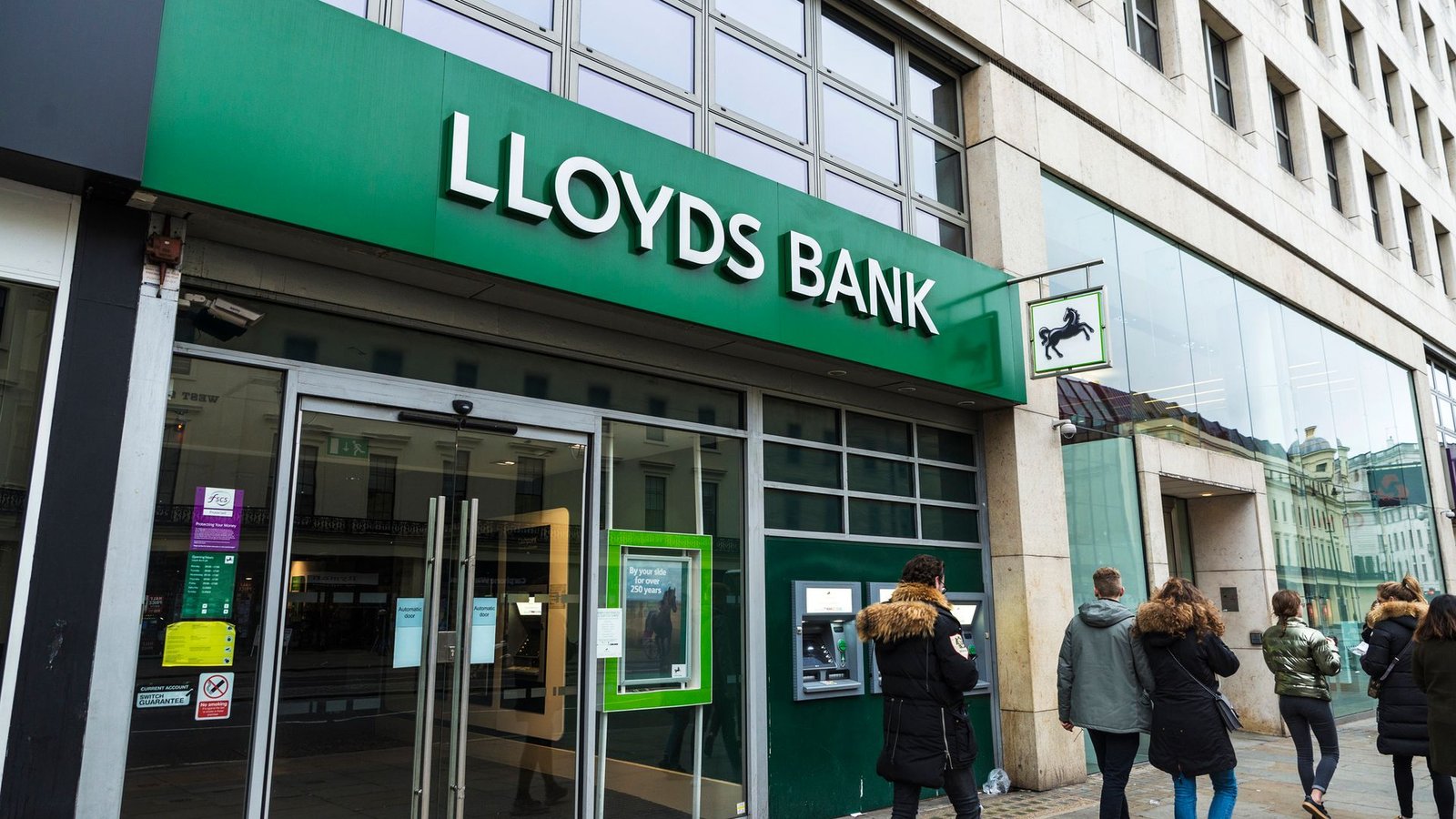Investors in Curve Face Discontent Over £120 Million Sale to Lloyds Banking Group
In a significant development within the fintech sector, investors in Curve, a digital wallet provider, are expressing strong dissatisfaction regarding the distribution of proceeds from the company’s anticipated £120 million sale to Lloyds Banking Group. This transaction, which is expected to be officially announced shortly, has ignited a heated debate among shareholders, raising questions about the future of the company and its leadership.
Discontent Among Shareholders
Reports indicate that several shareholders have formally communicated their objections to the proposed allocation of funds resulting from the sale. The £120 million sale price is notably only half of the total funding Curve has raised since its inception a decade ago. This disparity has led to frustration among investors, who feel that the valuation does not reflect the company’s potential or past achievements.
The tension has escalated to the point where at least one investor has called for the removal of Lord Fink, the chairman of Curve, highlighting the depth of discontent among stakeholders. The situation has become increasingly fraught, with accusations and recriminations flying between investors and the company.
The Acquisition’s Strategic Importance
Lloyds Banking Group’s interest in acquiring Curve is part of a broader strategy to enhance its digital payment capabilities. As regulatory pressures mount on tech giants like Apple to open their payment services to competitors, traditional banks are racing to innovate and improve their online payment systems. The acquisition of Curve, which has been recognized as one of the UK’s most promising fintech companies, could provide Lloyds with a competitive edge in this evolving landscape.
Founded in 2016 by Shachar Bialick, a former Israeli special forces soldier, Curve has garnered attention for its innovative approach to financial management. The company initially launched as a card that consolidated multiple payment cards into one, evolving into a comprehensive digital wallet that offers users a range of financial services.
Historical Context and Future Aspirations
In 2019, Bialick expressed ambitious goals for Curve, predicting that the company would go public within a decade and achieve a valuation between $50 billion and $60 billion. However, the current sale price of £120 million raises questions about the feasibility of these aspirations. The stark contrast between past projections and the present valuation has left many investors feeling disillusioned.
Curve’s shareholder base includes notable names such as Britannia, IDC Ventures, Cercano Management (the venture arm of Microsoft co-founder Paul Allen’s estate), and Outward VC. The diversity of investors underscores the company’s initial promise and the high expectations that accompanied its growth trajectory.
Acknowledgment of Challenges
In a recent communication to shareholders, Bialick acknowledged the disappointing sale price and warned that the company might face financial difficulties if the acquisition did not proceed. This candid admission reflects the precarious position Curve finds itself in, as it navigates the complexities of the fintech landscape while attempting to satisfy its investors.
Lord Fink, who took on the role of chairman in January, has been vocal about his support for Curve’s journey. He described the company’s evolution from a simple card to a multifaceted digital wallet as a transformative experience for users. His commitment to guiding Curve through this critical phase of growth is evident, but the current turmoil among investors poses a significant challenge.
The Role of Technology in Curve’s Success
One of the key factors that attracted investors to Curve was its unique technology, which allows for seamless transaction interception and enhanced customer experiences. Features such as Double Dip Rewards and the elimination of hidden fees have positioned Curve as a leader in the digital wallet space. However, the company’s ability to maintain its competitive edge will depend on how effectively it can navigate the current challenges and capitalize on the acquisition by Lloyds.
Conclusion
The impending sale of Curve to Lloyds Banking Group has sparked a contentious debate among investors, highlighting the complexities and challenges inherent in the fintech industry. As shareholders voice their concerns over the distribution of proceeds, the future of Curve hangs in the balance. The outcome of this acquisition could not only reshape the company’s trajectory but also serve as a bellwether for the broader fintech landscape as traditional banks seek to adapt to an increasingly digital world. The coming weeks will be crucial in determining how Curve and its investors navigate this pivotal moment in the company’s history.










